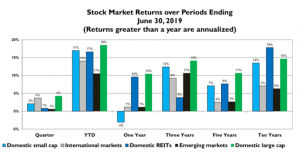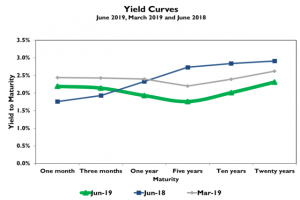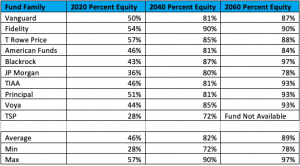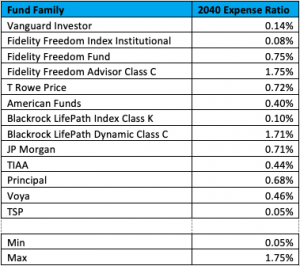Rockbridge is involved in many organizations that advocate for children with disabilities and their caretakers. As a result, we’ve helped numerous families financially navigate through their working years and successfully transition into retirement. Special needs families tend to have common questions, one of which is how and when to file for Social Security benefits.
In order to provide a special needs child with the highest quality of care, it’s common for one spouse to stay at home full-time. As a result, the non-working spouse doesn’t accumulate a significant work history and their future Social Security benefit suffers. Sure, the non-working spouse could file for Spousal benefits, but today we take a look at a special filing method called “Child-in-Care”. Here’s how it works:
To file for this benefit, the working spouse must have retired and started collecting his/her Social Security benefit. At this point, the non-working spouse can file for and start collecting Child-in-Care Spousal benefits AT ANY AGE. That’s right, the non-working spouse can start collecting Child-in-Care benefits at any age. Moreover, Child-in-Care benefits have preferential calculations over traditional Spousal benefits. The non-working spouse is entitled to 50% of the working spouse’s Full Retirement Age (FRA) benefit. Benefits would continue as long as the special needs child remains an eligible dependent (more on this later).
On its face, the Child-in-Care strategy sounds like an excellent way for a non-working spouse to receive a significant Social Security benefit. However, there are two potential issues to consider:
- First, the working spouse must start collecting his/her benefit in order for the non-working spouse to file and collect. If the working spouse starts collecting at age 62 (earliest age possible), he/she is locking in a permanent benefit reduction for the rest of their life. Depending on the family’s assets, the working spouse could delay their benefit until a later age, providing a significantly higher lifetime income. Delaying benefits could also provide protection for the non-working spouse should the working spouse pass away early in retirement.
- Second, depending on the amount of SSI/SSDI benefits that the special needs child receives, you may exceed the Family Maximum Benefit. Supplemental Security Income (SSI) and Social Security Disability Insurance (SSDI) are benefits paid on the working parent’s earnings record. The same is also true for spousal benefits. As a result, combining SSI/SSDI benefits with the higher Child-in-Care spousal benefit can often exceed the Family Maximum Benefit.
So, how do you make an optimal filing decision? It’s important to consider the following.
- What’s the age discrepancy between the two spouses?
- What’s the size of current SSI/SSDI benefits?
- What’s the life expectancy of the child with special needs?
- Does your family have other income and/or retirement assets?
- What’s the family health history of the two spouses?
- What’s your comfort level with delaying Social Security benefits?
As always, please feel free to reach out to your financial advisor at Rockbridge for an analysis that’s specific to your situation.









